Can glazed pottery go in the microwave? It’s a question many home cooks and pottery enthusiasts have asked, seeking to balance convenience with the fragility of their treasured kitchenware. Glazed pottery, a staple in homes for its aesthetic appeal and functional versatility, can sometimes be used in a microwave. However, understanding the properties of the glaze and the structural integrity of the pottery is crucial to ensure safety and avoid damaging your pieces. Let’s delve into the key considerations that determine whether your glazed pottery is microwave-safe.
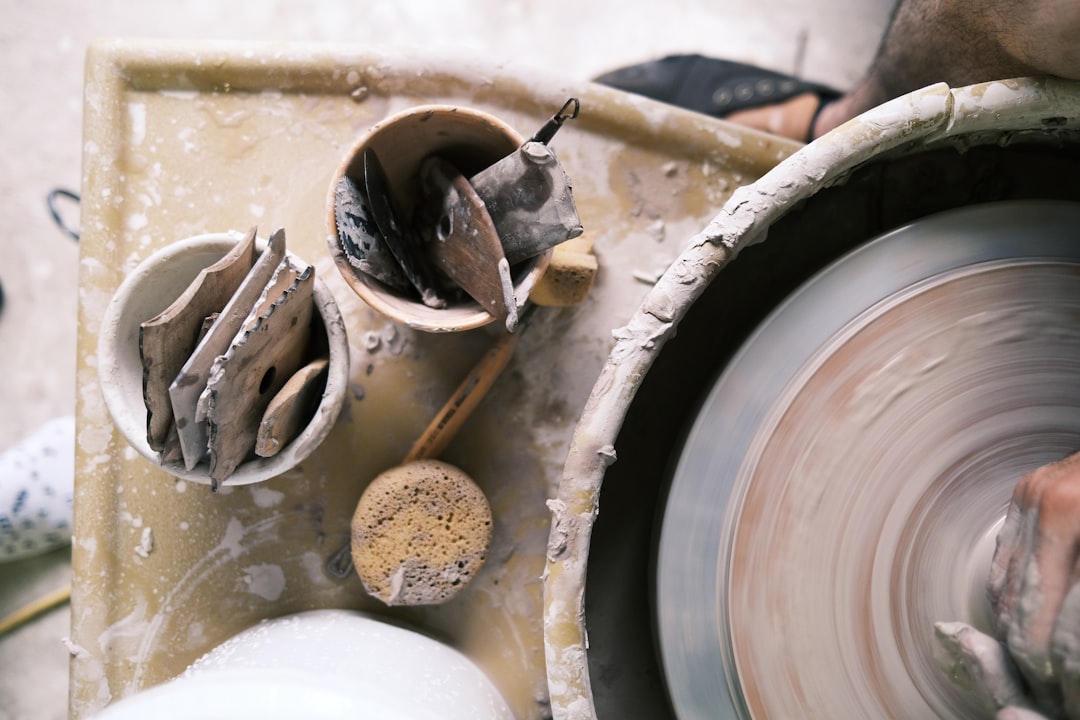
| Consideration | Importance | Details |
|---|---|---|
| Glaze Composition | High | Ensure that the glaze is lead-free and non-toxic to prevent harmful chemicals from leaching into food. |
| Pottery Structural Integrity | High | Check for any cracks or chips that might cause the pottery to break under microwave heat. |
| Microwave Safety Label | Medium | Look for a label or indication from the manufacturer that the pottery is microwave-safe. |
Understanding the Composition of the Glaze
The glaze on your pottery is not just for aesthetics—it’s a key factor in determining whether your piece can safely go in the microwave. A crucial point is ensuring that the glaze is lead-free and non-toxic. Lead-based or other harmful glazes could potentially leach chemicals into your food, especially when subjected to heat. To safeguard against this, opt for pottery known to use safe glazes, ideally certified food-safe by relevant standards.
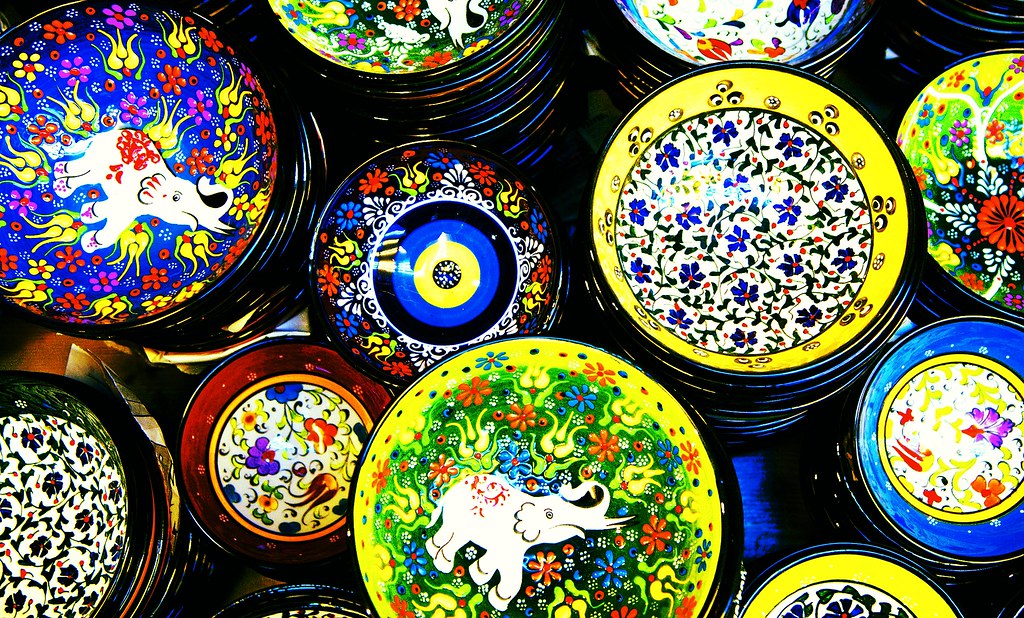
Inspecting Structural Integrity
Before you pop that beautiful ceramic bowl into the microwave, take a good look at its physical condition. Pottery should be free of cracks or chips that might compromise its structural integrity. The heat inside a microwave can exacerbate tiny imperfections, leading to breaks or even explosions in severe cases. If you spot any damage, it’s best to play it safe and not microwave that particular piece. Research has shown that even small imperfections can lead to safety hazards in microwave use.
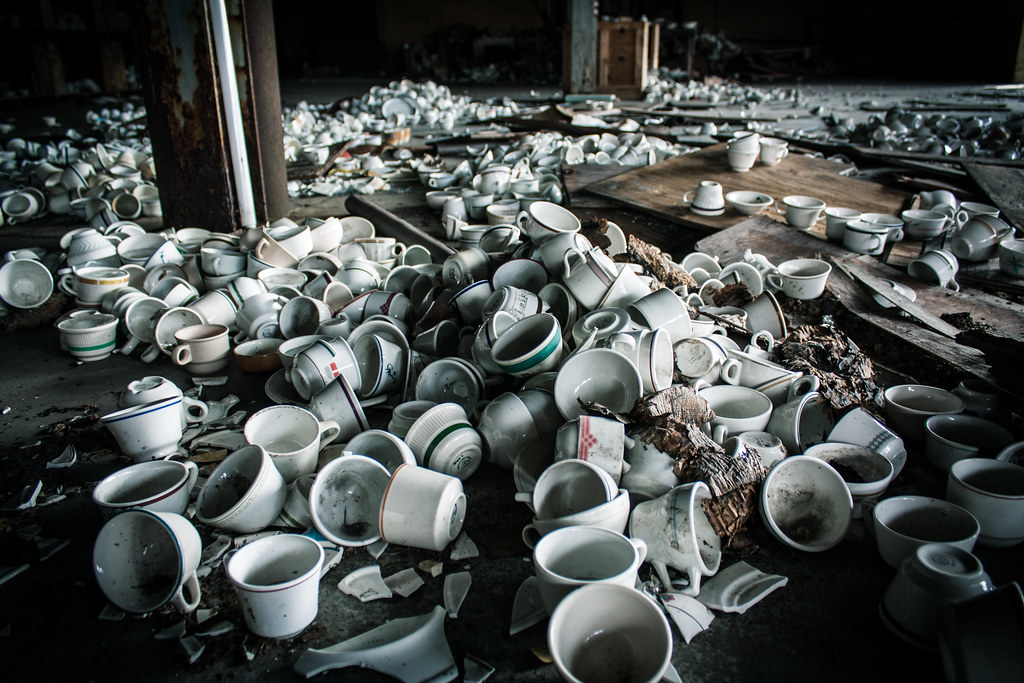
Checking for Microwave Safety Labels
A straightforward way to determine if your pottery can endure microwave use is to check for a microwave-safe label. Many manufacturers include this information on the base of the pottery. If there’s no label, consult any accompanying documentation or the manufacturer’s website. Remember, absence of a label doesn’t automatically mean the pottery isn’t microwave-safe; it just prompts further investigation.
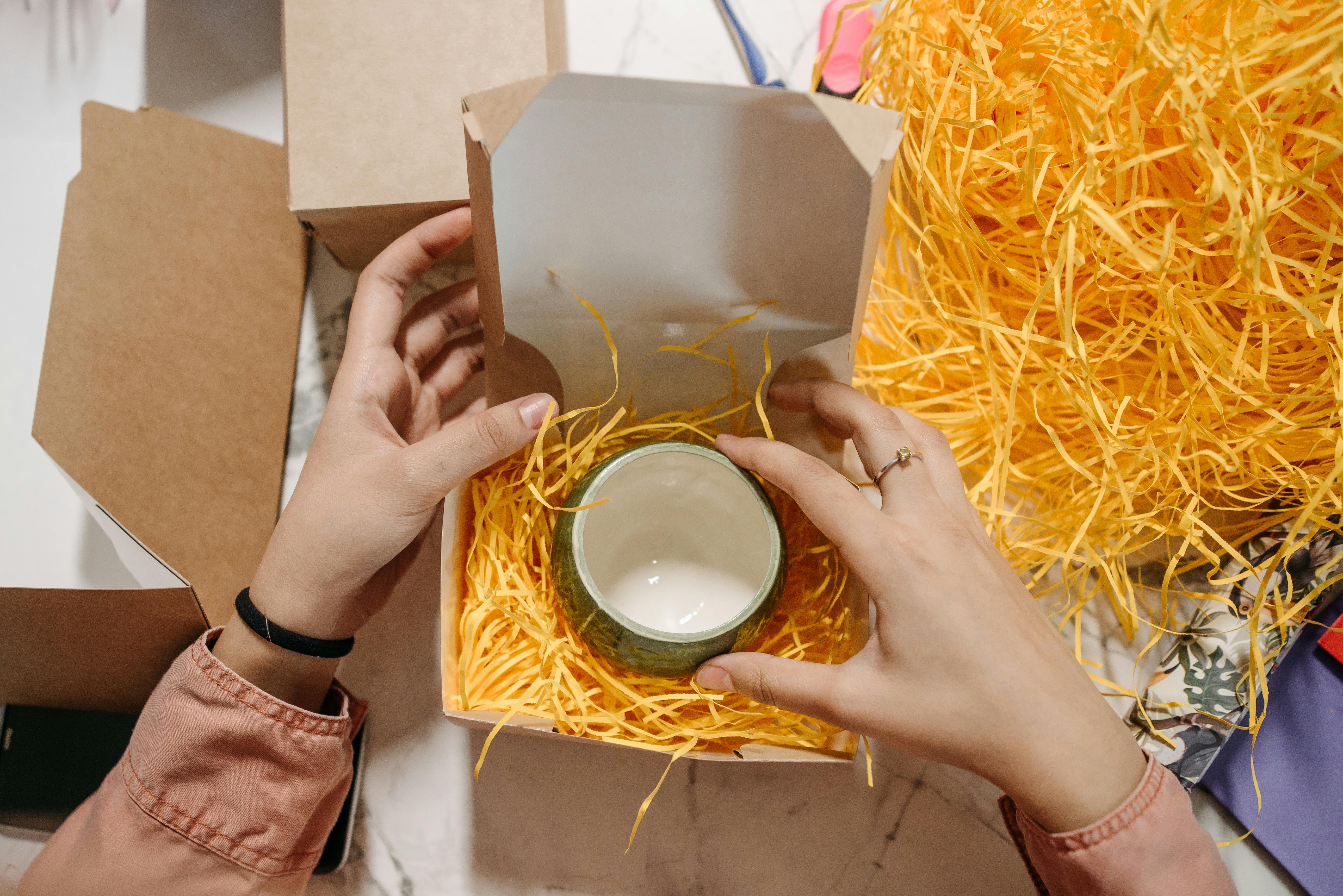
Conducting a Simple Test
If you’re ever in doubt, there’s a simple test you can perform. Place the pottery in the microwave next to a cup of water and heat on high for one minute. If the pottery heats up but the water remains cool, it’s not microwave-safe. Conversely, if the water heats up while the pottery remains cool, it’s generally safe to use in the microwave.
- Safety first: always supervise your microwave when running this test.
- Perform this test sparingly to avoid undue stress on your pottery.
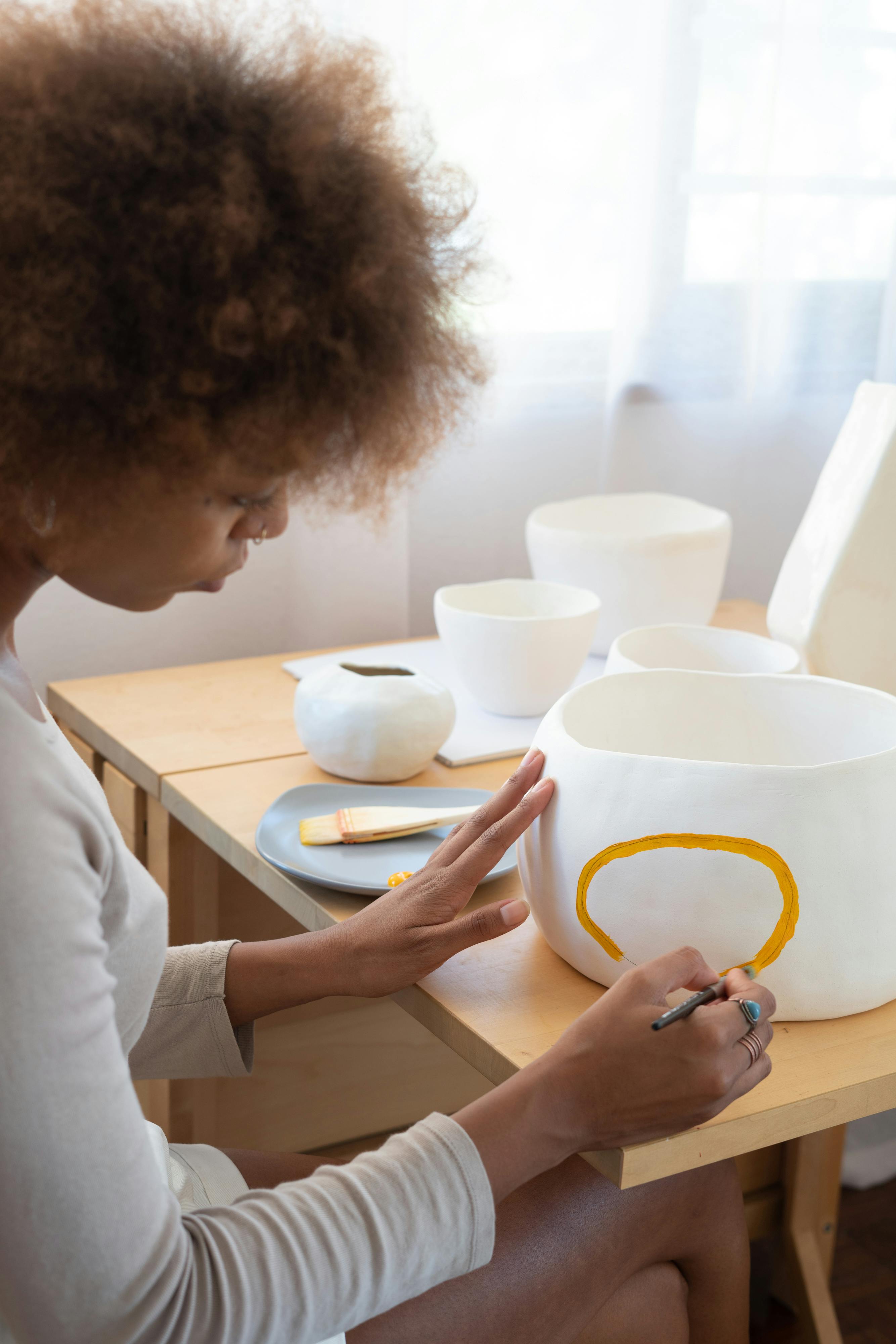
Additional Tips for Safe Usage
To ensure long-term preservation of your pottery, here are a few additional tips:
- Avoid sudden temperature changes which can cause thermal shock.
- Always allow your pottery to cool gradually after microwaving.
- Hand washing is often more gentle on delicate glazes and structural joints than a dishwasher.
Embrace the beauty and utility of your glazed pottery, but always consider safety and preservation. For more insights into the safe use of pottery, reading detailed studies can provide further guidance on best practices. What are your favorite pottery pieces? Do you have any additional tips or experiences on using them in a microwave? Share in the comments below!
Check out our recent articles for more tips and insights on home and living.
In conclusion, while many glazed pottery pieces are microwave-safe thanks to their sturdy construction and high-quality glazes, it’s always best to check for specific manufacturer guidelines or perform a simple test before using them in the microwave. This way, you can enjoy the beauty and functionality of your favorite pieces without any worry of damage or unwanted surprises.
Stay Connected for More Tips!
We hope you found this information helpful! For more kitchen tips and pottery care advice, be sure to follow us on Instagram. Join our community to stay updated with the latest posts and connect with fellow pottery enthusiasts just like you.
